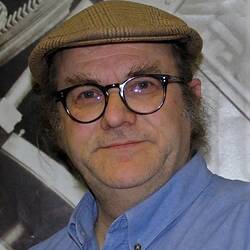Science & Measurement
Physics, astronomy, chemistry, scientific instrumentation, surveying, navigation and timekeeping all influence the way we live and work. The Science and Measurement Collection represents significant aspects of Australian scientific research and applied science since the nineteenth century. Collection items are important for their historic scientific value, as examples of design and craftsmanship, and as manifestations of the impact of science and technology on people's lives. In particular, the collection emphasises local scientific research and practical applications of science pertaining to the history of Victoria. The collection also includes material culture and images relating to Australia's involvement in the Antarctic and space research.
Significance
The Science and Measurement collection dates back to the 1920s when John Askew began loaning (later donating) clocks to the Museum for display. The closure of Melbourne Observatory in 1945 and transfer of material to the Museum, marked a broadening of the Museum's interest in documenting scientific research and the history of science in Victoria. From the 1950s objects began to be acquired directly from scientists and their institutions, with Melbourne's universities, the CSIRO, the Bureau of Meteorology and the Office of the Surveyor-General all represented in the collection. The 1980s and 1990s saw a focus on collecting representational objects relating to physics, chemistry and measurement. Since 2000 the pace of acquisition has slowed with a focus on collecting around the thematic strengths of the collection: Australian scientific research, scientific instruments designed and made in Melbourne, the Melbourne Observatory, and the Antarctic.
